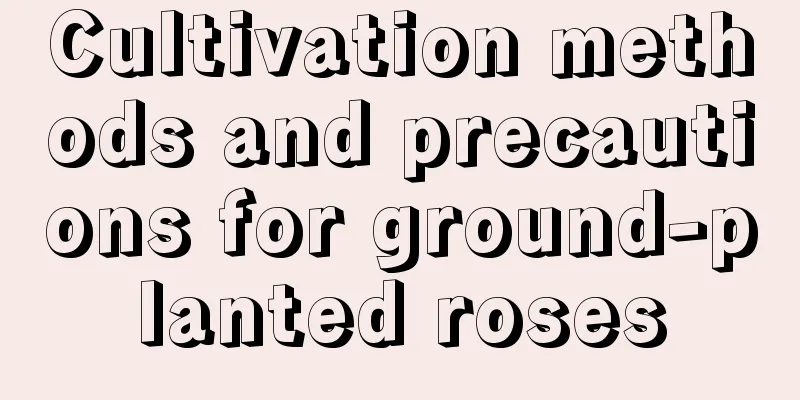Breeding methods and precautions of golden marbles

Farming methodsTemperature and lightThe golden balls are resistant to low temperatures, but they need high accumulated temperature for activity. April to November is the suitable growth period for the golden balls, and the suitable growth temperature is controlled between 28-33℃. It likes plenty of sunlight, but be careful not to keep it indoors for too long, otherwise insufficient light will cause its leaves to fall off and affect fruiting. WateringThe golden ball likes a humid and semi-shady growing environment. The soil in the pot must be kept moist and not too dry. During the high temperatures in summer, pay attention to shading and increase the frequency of watering. You can use spray water to increase the humidity of the surrounding air. During the flower bud differentiation period, the water content should be strictly controlled, and the soil should be kept dry, and watering should be done only when the soil is completely dry. In combination with watering, an appropriate amount of quick-acting fertilizer can be applied, but the concentration should not be too high. soilGolden marble can grow well in both acidic and alkaline soils. FertilizationIn spring, use nitrogen fertilizer mainly to promote branch growth and prepare for the cultivation of new fruiting branches. Apply fertilizer adequately during the growing season, and apply more phosphorus fertilizer. In the later stage of branch growth, mainly potassium fertilizer is applied, such as wood ash. Generally, cake fertilizer and other fertilizers are applied at the same time as repotting. PrecautionsThe golden ball plant is resistant to barrenness and grows well if there is sufficient fertilizer. Its leaves are thick, dark green and shiny. If too much fertilizer is applied, the leaves will curl and wrinkle. The golden ball plant is relatively drought-resistant and absorbs and evaporates more water. Symptoms of water loss include weak leaves, dark and dull leaves. When there is severe water shortage, the leaves will droop. If you observe this situation, just water the plant in time and the plant will recover quickly. The golden ball has fewer diseases and pests, and the main attention should be paid to preventing and controlling damage caused by scale insects. Prevention is the main approach. Generally, a quick killing campaign can be carried out in March each year, which can achieve better results in preventing damage caused by scale insects. |
<<: Do figs really have no flowers?
>>: What are the main types of gold marbles?
Recommend
Apple tree management technology in December
With the arrival of December, heavy snow and the ...
Aloe vera division propagation technology, division time
1. Division propagation technology 1. Select the ...
How to grow dragon beard orchid well
1. Giving Light It is afraid of strong light and ...
How to water apricot trees in winter
Watering apricot trees in winter Apricot trees ca...
How to plant ginger in pots after it sprouts
1. Cut into small pieces Cut the sprouted ginger ...
Can osmanthus trees be planted in the north?
Can osmanthus trees be planted in the north? Osma...
Can cilantro seedlings be transplanted?
Can coriander seedlings be transplanted? Coriande...
Is hyacinth poisonous? Is it harmful to humans?
1. Is it poisonous? Although hyacinth is a beauti...
No pressure to grow flowers outdoors in winter, these 6 kinds of flowers become redder the colder they get!
camellia There is no pressure to grow camellia in...
The efficacy and function of Meconopsis
Main Function Clearing away heat There are two va...
How to prune Sophora japonica
When to prune Sophora japonica Sophora japonica i...
When is the best month to prune gardenias? When is the latest time to prune?
Gardenia pruning time Gardenia can be pruned twic...
How to make cedar bonsai
Select pot Cedar is best planted in a purple clay...
The growing conditions for tulips are suitable for the temperature of the growing environment.
Tulip growing conditions Tulips prefer sunny and ...
How often should you water your cherry trees?
How often should you water your cherry trees? Gen...









